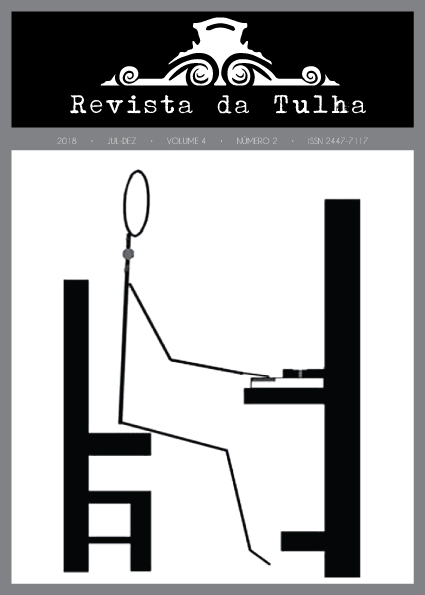musical representation of native american in films
The use of wild native american, noble native american topics and authentic indian music in the soundtrack
DOI:
https://doi.org/10.11606/issn.2447-7117.rt.2018.151142Keywords:
Soundtrack, Musical topics, Musical estereotypes, Indian musicAbstract
This article tries to demonstrate the forms of representation of Native American through music in the cinema during the 20th century, starting from the first collections used for musical accompaniment during the silent cinema until the original music composed for films of years 1930 to 1990. For such, We will extend the concept of musical topical, as formulated by Ratner, Agawu, and Hatten, to the scope of film music in order to understand the development of Wild Native American and Noble Native American topicals as well as experiences of inclusion of authentic Indian music on soundtracks of movies.
Downloads
References
______. Music as Discourse. New York: Oxford University Press, 2009.
GORBMAN, Claudia. Scoring the Indian: Music in the Liberal Western. In: BORN, Georgina; HESMONDHALGH, David. Western Music and Its Others: Difference, Representation, and Appropriation in Music. Berkeley, Los Angeles, London: University of California Press, 2000.
HATTEN, Robert S. Musical Meaning in Beethoven: Markedness, Correlation, and Interpretation. Bloomington: Indiana University Press, 1994.
______. Four Semiotic Approaches to Musical Meaning: Markedness, Topics, Tropes, and Gesture. In: Muzikološki zbornik / Musicological Annual 41, pp. 5-30. Ljubljana: Department of Musicology, 2005.
______. The Troping of Topics in Mozart‘s Instrumental Works. In: MIRKA, Danuta (ed). The Oxford handbook of topic theory. New York: Oxford University Press, 2014.
KALINAK , Kathryn. How the West Was Sung. In: WALKER, Janet. Westerns: Films through History. New York : Routledge, 2005.
__________________. Music and the Western: Notes From the Frontier. New York: Routledge, 2012.
MIRKA, Danuta (ed). The Oxford handbook of topic theory. New York: Oxford University Press, 2014.
OLIVEIRA, Juliano. A significação na música de cinema. Tese. São Paulo: ECA-USP, 2017.
______. Juliano. A significação na música de cinema. São Paulo: Paco editorial, 2018.
PISANI, Michael V. Imagining Native America in Music. New Haven: Yale University. Press, 2005.
RATNER, Leonard G. Classic Music: Expression, Form, and Style. New York: Schrimer, 1980.
Downloads
Published
Issue
Section
License
Copyright (c) 2018 JULIANO DE OLIVEIRA, RODOLFO COELHO DE SOUZA

This work is licensed under a Creative Commons Attribution 4.0 International License.
Authors retain copyright and grant the journal the right to first publication, with the work licensed under the Creative Commons Attribution License CC-BY-NC:
This work is licensed under a Creative Commons Attribution 4.0 International License.



